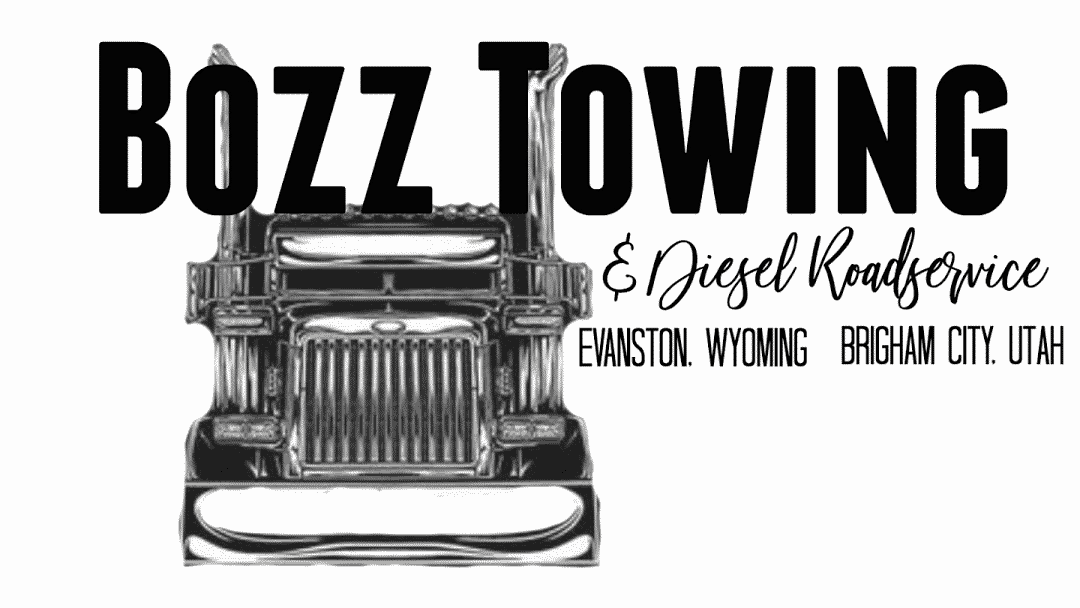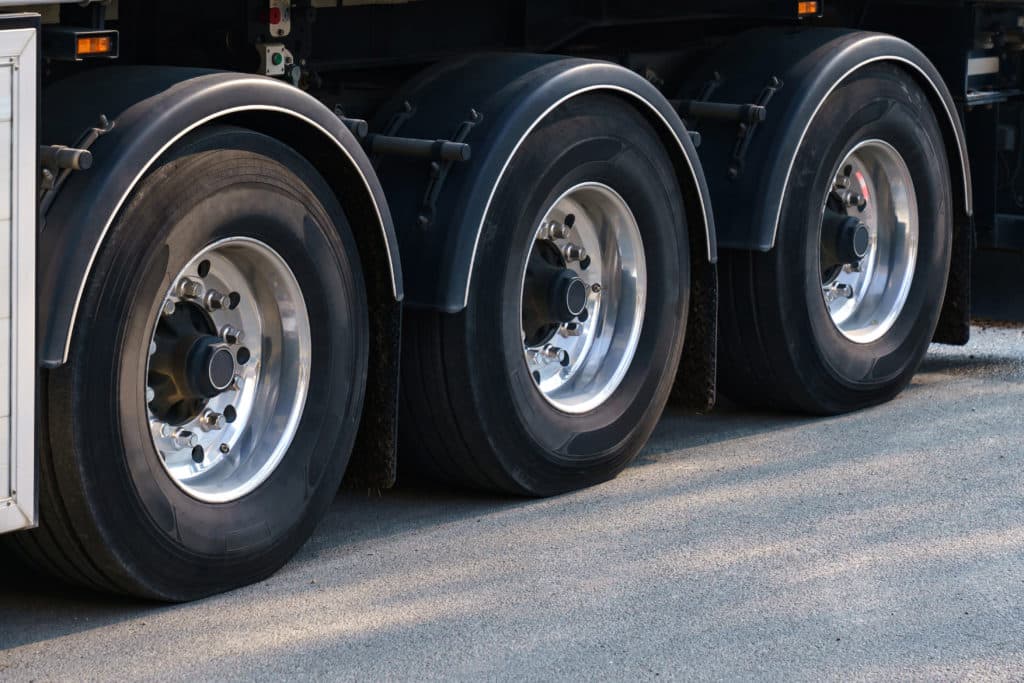Knowing the position and use of your truck’s tires is crucial. It may often be the difference between having a flat tire and making your next delivery. The distinction between steer tires and drive tires can perplex some drivers. It comes down to a difference in function and location on your truck. Your truck’s steer tires and drive tires are on different axles and help with traction and steering. There is a lot to consider when it comes to the distinctions between steer tires vs. drive tires. Let’s start with why steer tires are unique and how they help your truck handle better.
Steer Tires for Semis
Steer tires are on your cab’s front steering axle and have a direct influence on handling. Because of this, having poor steer tires is a no-go. Here are some facts truck drivers will find interesting about steer tires.
- According to Federal Motor Carrier Safety Administration (FMCSA) regulations, your steer tire has to have a tread depth of at least 4/32 of an inch.
- Typical tread depth for steer tires is around 17 to 19/32 inches.
- Long-haul steer tires might be equipped with tread patterns and compounds to increase fuel efficiency.
Before reaching the 4/32 line, many commercial trucks and small trucking firms replace their steer tires. This is because receiving a ticket for something so simple to correct isn’t worth it.
Steer tires are built with endurance and toughness in mind but still need proper maintenance. Most commercial truckers will have them rotated regularly and put the correct type of steer tire on their truck, depending on the nature of their work.
Drive Tires for Semis
If steer tires help with handling, then drive tires handle another critical function — traction. Unlike steer tires, drive tires have a much higher ply count and deeper tread depths. Here are some other features of drives tires and how they help your truck.
- Their primary purpose is to harness the power provided by your truck’s engine and turn it into traction
- It is under far more pressure than steer tires due to load
- Drive tires can come built for different applications (Long haul, regional, mixed-use)
- Some drive tires have SmartWay traction to save on fuel costs
Some drive tires suffer from irregular wear patterns that can make maintaining them a hassle. But, like with steer tires, rotating them regularly and doing frequent tread checks is a must.
Steer Tires vs Drive Tires: What’s the Difference?
Drive tires and steer tires are used in different ways and for specific tasks, but both serve a purpose when it comes to maintaining your semi-truck.
Drive tires are typically made of steel, while steer tires are usually made from polyurethane rubber or some other kind of pneumatic tire material. Different tire materials are used for drivers’ safety and to avoid mishaps on the road.
Steer tires are also a lot easier to maintain and repair than drive tires.
Steer tires are also lighter than drive tires, making it easier for you to control your vehicle.
Furthermore, steer tires offer a firmer grip than drive tires, making it easier to keep your semi-truck stabilized while driving at high speeds.
Steer tires are also more durable than drive tires, making them an excellent choice for long-distance trucking. In addition, steer tires can last up to four times longer than drive tires before needing replacement.
Semi-Truck Tire Repair Utah
What do you do if one of your tires goes wrong on a long haul? Give Bozz Towing a call.
We offer heavy-duty towing, have a diesel repair shop, roadside semi service, and can even repair that blown-out tire for you. So, check out our semi-truck tire services and let us know how we can help you today!

